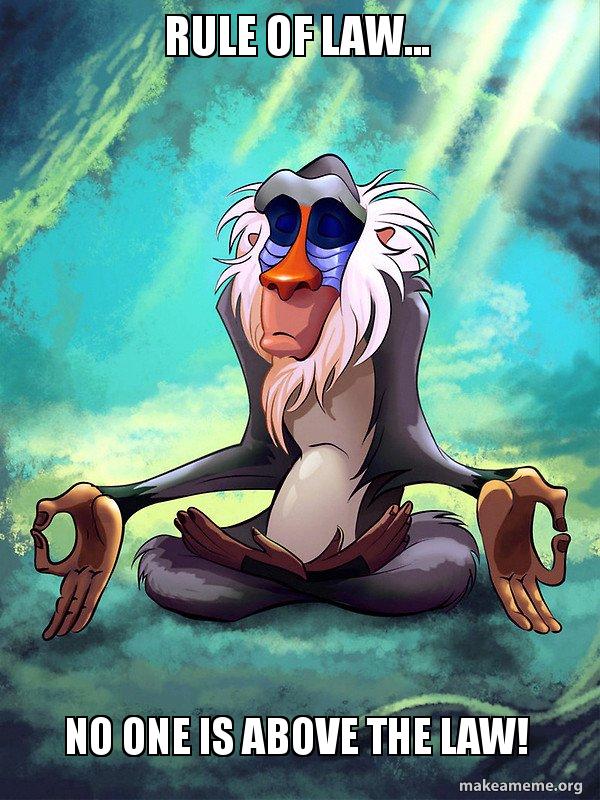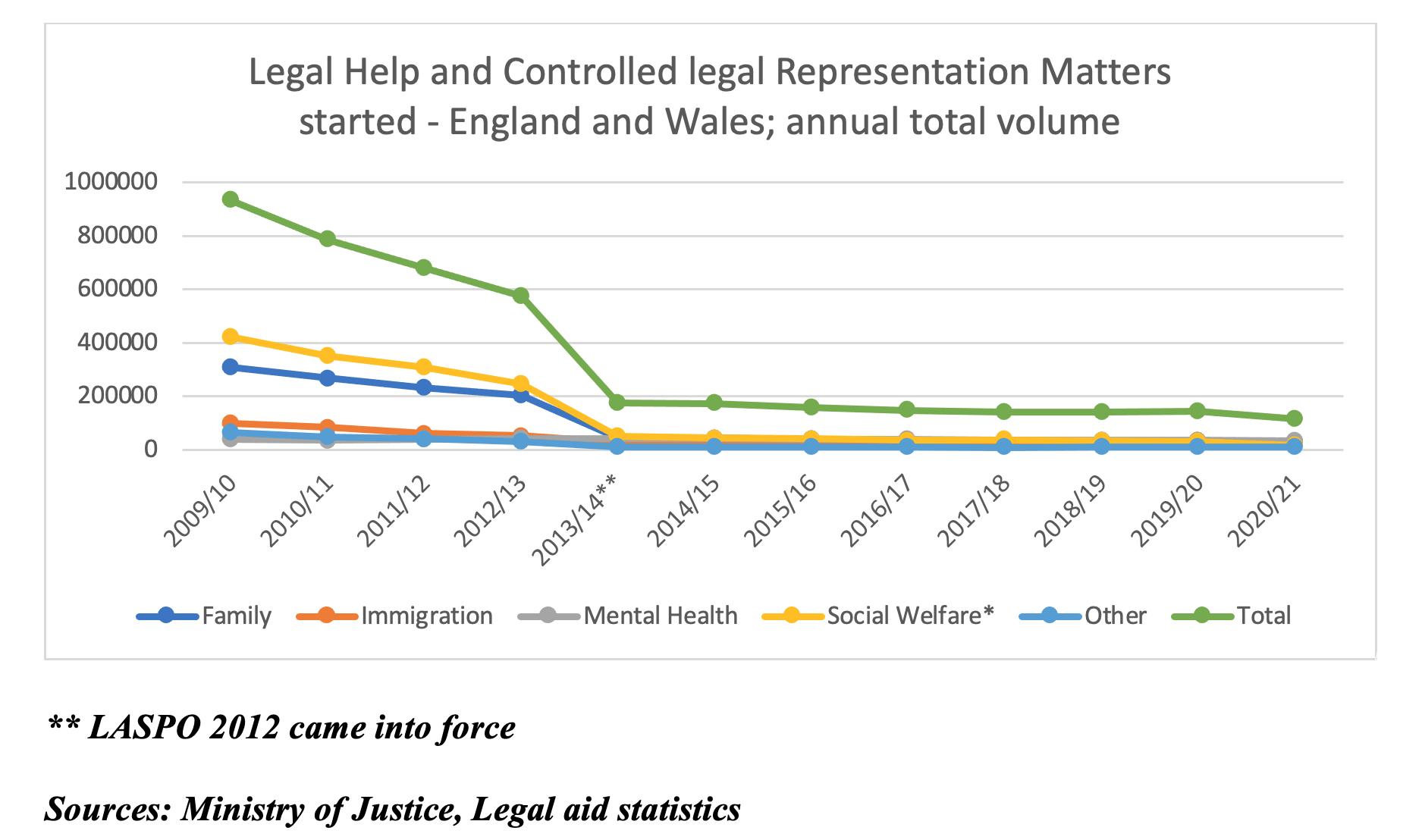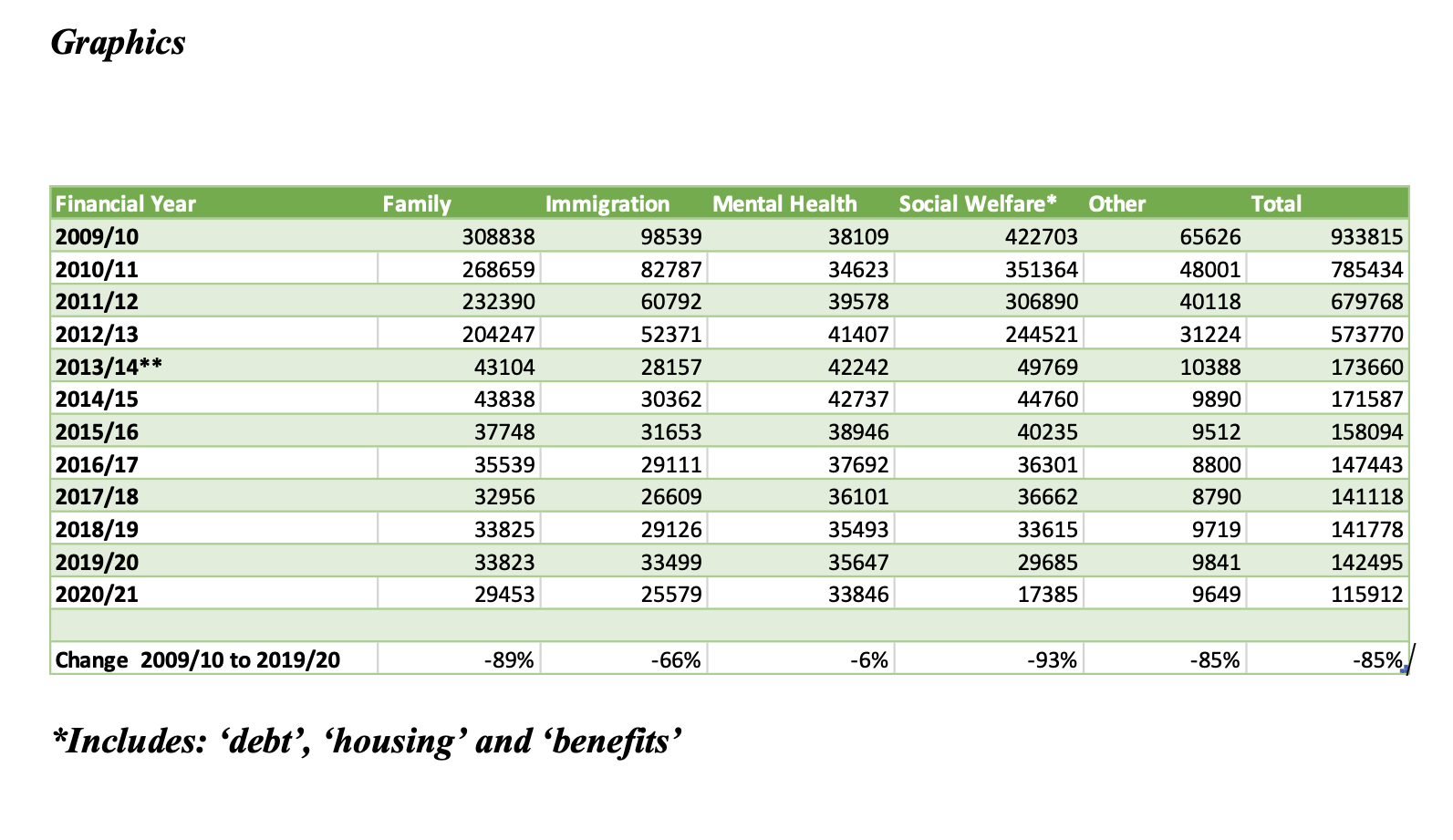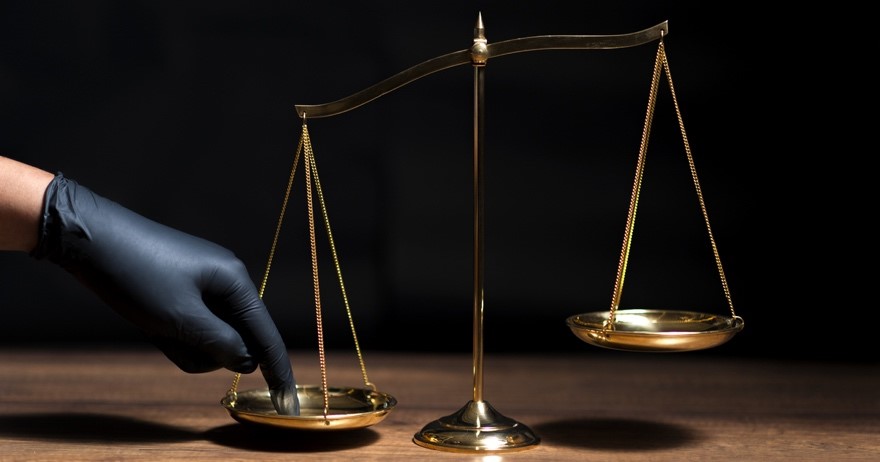
Andrea Ando
In today’s world, the concept of the Rule of Law is nearly universally accepted. For proponents of human rights, the Rule of Law is seen as a necessary instrument for avoiding discrimination and arbitrary use of force. Nevertheless, how does profound and persistent social and economic disparity affect the Rule of Law’s integrity? The major goal of the research is to try to understand the impact of inequalities on the legal system, particularly regarding one of the key ideas of the Rule of Law: that everybody should be treated equally by the law and those in charge of enforcing it.
Andrea Ando
Lorem ipsum dolor sit amet, consectetur adipiscing elit. Suspendisse tempor pulvinar nunc, in sagittis dui laoreet id. Quisque euismod consectetur dolor ac tempor.
Definition of Rule of Law
The traditional definition, at least in UK, ha been historically related to A.V. Dicey. Dicey highlights 3 concept of the rule of law:
- 'no man is punishable or can be lawfully made to suffer in body or goods except for a distinct breach of law established in the ordinary legal manner before the ordinary courts of the land. In this sense the rule of law is contrasted with every system of government based on the exercise by persons in authority of wide, arbitrary, or discretionary powers of constraint'
- every man, whatever be his rank or condition, is subject to the ordinary law of the realm and amenable to the jurisdiction of the ordinary tribunals'.
- the principles of the constitution are the result of the ordinary law of the land. Dicey stated that Britain had a court-based constitution (in effect, a common law constitution), in the sense that decisions made by the judges directly resulted the principles of the constitution which concerning the rights of private persons.
In modern time, in the lecture entitled "The Rule of Law", Lord Bingham tried to modernise the concept of Rule of Law set by Dicey:
"Sub-rule 1: The law must be accessible so far as possible, intelligible, clear and predictable.
Sub-rule 2: Questions of legal right and liability should generally be decided by application of the law and not the exercise of the discretion.
Sub-rule 3: The law must apply equally to everyone, unless differences can be justified.
Sub-rule 4: The law must provide appropriate protection of essential and basic human rights.
Sub-rule 5: The parties in civil disputes must be able to resolve disputes without facing a huge legal cost or excessive delays.
Sub-rule 6: The executive must use the powers given to them reasonably, in good faith, for the proper purpose and must not exceed the limit s of these powers.
Sub-rule 7: There must be adjudicative procedural fairness.
Sub-rule 8: The state must comply with the obligations of international law which whether deriving from treaty or international custom and practice governs the conduct of nations".

The Invisibles
The Key point stated is that social disparity and economic exclusion, resulting from excessive and persistent levels of inequalities, leads to extreme poor to be invisible demonisation of those who oppose the system, and impunity of the wealthy, obliterating judicial impartiality. Furthermore, excessive, and persistent social and economic disparity causes the integrity of Rule of Law to deteriorate.
In this context, invisibility indicates that human suffering of some portion of the society does not elicit a moral or political reaction from the most privileged, nor does it elicit an effective legal response from State officials[1].
The invisible in England and Wales could be easily reconnected to people who cannot access to Legal Aid. The latter was reformed by the Legal Aid, Sentencing and Punishment of Offenders Act 2012.
The invisible in England and Wales could be easily reconnected to people who cannot access to Legal Aid. The latter was reformed by the Legal Aid, Sentencing and Punishment of Offenders Act 2012.
[1] O. Vilheina Veira, ‘Inequality and the subversion of the Rule of Law’, [2007] International Journal on Human Rights 4

The Invisibles - part 2
The issues become stronger and more dangerous when they concern the access to legal assistance in Criminal Law. The Committee heard concerns from legal aid providers, particularly criminal defence attorneys, about the profession's long-term viability. Many law companies, indeed, are unable to attract or retain attorneys, with many departing to join the Crown Prosecution Service. Fewer barristers are able to establish their careers at the bar through publically financed work. The fee scheme structure does not do enough to help attorneys in providing the best quality of service to their clients, particularly in the early phases of criminal proceedings. The dependence on fixed fees for so much criminal work fails to reflect the complexity of the situations handled by legal aid lawyers.
The existing cost structure is not flexible enough and has not been reviewed or revised in a long time. There has been a dramatic decline in the number of cases coming through over the previous decade, and as a result, legal aid providers have struggled to survive.
The adversarial nature of the justice system in England and Wales is dependent on the presence of a viable publicly financed criminal defence profession capable of providing a high-quality service to suspects and defendants. The quality of such service is central to our understanding of a fair trial.
There is an urgent need to revamp the present system so that providers get compensated for all labour done to help their clients, particularly at the beginning of the process.

Governments have taken attempts to minimise the cost of legal assistance since the turn of the century. Despite spending £1.76 Billion on legal aid in 2019-2020, the Government is becoming only able to assist a smaller portion of the population on a narrower variety of concerns.
Digital Poverty - The effect on the access to justice
The digitalisation of formalities, as per previous analysis, would benefit the majority of the population. Indeed, around 92% of the adults in the UK are internet users. However, considering that there are around 46, 3 million adults in the UK, subtracting the 92% of internet users, 4,17 million residents do not have internet access. To better understand, it would be like the entirety of the East Midlands would not have a fair access to digital formalities and, eventually, to possible agreements. “Digital poverty” incentives the risk of mistake and fraud. To better explain, more than 4 million citizens are “more likely to enter into agreements in haste or error, or as a result of fraud, if they use electronic signatures”. Moreover, an extensive digitalisation of formalities opens a question regarding the issues connected to safety and guarantee of the vulnerable. The digitalisation of witnessing, for instance, could become a way for avoiding the critical eye and increasing the risk of fraud, mostly in the case of the elderly.
Presumption of Advancement - An outdated standard
A well-known and established equitable principle in English Law, specifically in Land Law, is the presumepition of advancement. The latter operates to presume that a purchaser or transferor of property intended to transfer the beneficial interest to the recipient in certain relationships.
An example is the outdated principle that, unless there is proof that the husband intended to retain an interest, it is assumed that a gift to the wife was intended55. This also applies in the case of a man with a fiancée or partner because a man has a “natural obligation”56. However, this is just a one way system. Indeed the wife, or the female partner, in this case, has no duty57.
Another example is the “reliance principle” which means that a father could not rely on evidence of his true intention to keep ownership of the property where this was based on an illegal motive. However, a mother in exactly the same circumstances would be given her property back.
The presumption of advancement is medieval, and it was abolished in the Equality Act58. However, s.199 is not into force thus it is not abolished59.
The Law Commission stated in its consultation on the presumption of progress that the rule's gender bias is no longer acceptable, since it violates Art 5 of the Seventh Protocol to the European Convention on Human Rights. This is stated:
'Spouses should have equality of rights and obligations of a private law character between them, as to marriage, throughout marriage, and in the case of its dissolution.'
In February 2010, the government acknowledged that the presumption of progress is discriminatory and should be repealed, and modifications to the Equality Bill were proposed to that effect. However, because Section 199 of the Equality Act of 2010 has not yet been enacted, the regulation remains in effect.
The question that rise in this case concerns it's application in modern and contemporary times. For instance, how this would apply to LGBT couple?
A double standard, based on a historical gender bias, that risk to not guarantee the fairness of the Law.
49 ibid.
50 Westdeutsche Landesbank Girozentrale v Islington LBC [1996] UKHL 12, [1996] A.C. 669, 708
51 Statista Research Department, ‘Distribution of homeowners in England in 2021, by type of home financing and age’ (Statista, December 2021) < https://www.statista.com/statistics/321097/distribution-of-home-owners-in- england-uk-by-type-of-home-financing-and-age/ > accessed 7 February 2022
52 Laskar v Laskar [2008] 1 W.L.R. 2695
53 Cowcher v Cowcher [1972] 1 W.L.R. 425
54 Jones v Kernott [2012] 1 A.C. 776, 777
Persistent inequalities and the erosion of Rule of Law - The example of Brazil
Another effect of high inequality to be noted here is immunity before the law for those who occupy an extraordinarily privileged position in society. In a highly hierarchical and unequal society, the affluent and powerful, or those working on their behalf, believe they are above the law and free from duties deriving from other people's rights. The concept of immunity may be explored by concentrating on the impunity of human rights abusers or those involved in corruption, whether they are powerful or wealthy.
Human rights abusers face impunity in Brazil, as recorded by major human rights groups and acknowledged by federal authorities. Cases such as Vigario Geral in 1993, Candelária in 1993, Corumbiara in 1995, Eldorado de Carajas in 1996, Catelinho in 2002, or the police response to PCC assaults in 2006 resulted in hundreds of extra-judicial executions, with no substantial attempt to bring state authorities to justice. The acquittal of Colonel Ubiratan Guimares by the So Paulo State Supreme Court in 2005 was possibly the most notable example of impunity for a severe human rights violation. Ubiratan Guimares was in command of the police operation that ended in the deaths of 111 inmates in 1992 as a result of a prison rebellion.
"Disproportional distribution of resources among individuals and groups within society subverts institutions, including the work of those agencies with the responsibility to implement the law".
An analysis of the Brazilian penitentiary census shows that only the poor and uneducated are selected by the Brazilian criminal system to be incarcerated.
That is the conclusion of Glaeser, Scheinkman and Shleifer, after an econometric analysis of the impact of inequality on institutions of justice. The authors also explained that the persistent inequalities enabled the riches to subvert political, regulatory, and legal institutions of society for their own benefit.
If one individual is sufficiently wealthy over another, and the courts are corruptible, the legal system will favour the wealthy over the just. This is also related to the challenges that particular socioeconomic classes have in accessing justice.
Similarly, if political and regulatory institutions are influenced by money and power, they will favour the established rather than the efficient.
O. Vilheina Veira, ‘Inequality and the subversion of the Rule of Law’, [2007] International Journal on Human Rights 4

Conclusion
The research is trying to illustrate how the consistent presence of inequalities, and the persistent absence of policies to reduce them, are affecting the Rule of Law. Our perception in the United Kingdom, as in a lot of other modern democracies, is that the differences between social classes are not interesting the “sacred” justice. Nevertheless, for instance, with the inability to have a fair legal representation, the fairness of our legal system is more fragile than what the general public think. The current policies created the “invisible” and the risk, as the Brazilian experience showed us, is that this could tear apart the social stability and the status quo of the Rule of Law. The latter arise a new question on how effectively the stakeholder and the bodies, using their constitutional and social power, reduce the inequalities and protect the Rule of Law. Indeed, it is trivial thinking that the legal system has the capacity to overcome these profound issues.
Slide 1 image (max 2mb)
Slide 1 video (YouTube/Vimeo embed code)
Image 1 Caption
Slide 2 image (max 2mb)
Slide 2 video (YouTube/Vimeo embed code)
Image 2 Caption
Slide 3 image (max 2mb)
Slide 3 video (YouTube/Vimeo embed code)
Image 3 Caption
Slide 4 image (max 2mb)
Slide 4 video (YouTube/Vimeo embed code)
Image 4 Caption
Slide 5 image (max 2mb)
Slide 5 video (YouTube/Vimeo embed code)
Image 5 Caption
Slide 6 image (max 2mb)
Slide 6 video (YouTube/Vimeo embed code)
Image 6 Caption
Slide 7 image (max 2mb)
Slide 7 video (YouTube/Vimeo embed code)
Image 7 Caption
Slide 8 image (max 2mb)
Slide 8 video (YouTube/Vimeo embed code)
Image 8 Caption
Slide 9 image (max 2mb)
Slide 9 video (YouTube/Vimeo embed code)
Image 9 Caption
Slide 10 image (max 2mb)
Slide 20 video (YouTube/Vimeo embed code)
Image 10 Caption
Caption font
Text
Image (max size: 2mb)
Or drag a symbol into the upload area
















Image description/alt-tag
Image caption
Image link
Rollover Image (max size: 2mb)
Or drag a symbol into the upload area
















Border colour
Rotate
Skew (x-axis)
Skew (y-axis)
Image (max size: 2mb)
Or drag a symbol into the upload area
















Image description/alt-tag
Image caption
Image link
Rollover Image (max size: 2mb)
Or drag a symbol into the upload area
















Border colour
Rotate
Skew (x-axis)
Skew (y-axis)
Image (max size: 2mb)
Or drag a symbol into the upload area
















Image description/alt-tag
Image caption
Image link
Rollover Image (max size: 2mb)
Or drag a symbol into the upload area
















Border colour
Rotate
Skew (x-axis)
Skew (y-axis)
Image (max size: 2mb)
Or drag a symbol into the upload area
















Image description/alt-tag
Image caption
Image link
Rollover Image (max size: 2mb)
Or drag a symbol into the upload area
















Border colour
Rotate
Skew (x-axis)
Skew (y-axis)
Image (max size: 2mb)
Or drag a symbol into the upload area
















Image description/alt-tag
Image caption
Image link
Rollover Image (max size: 2mb)
Or drag a symbol into the upload area
















Border colour
Rotate
Skew (x-axis)
Skew (y-axis)
Image (max size: 2mb)
Or drag a symbol into the upload area
















Image description/alt-tag
Image caption
Image link
Rollover Image (max size: 2mb)
Or drag a symbol into the upload area
















Border colour
Rotate
Skew (x-axis)
Skew (y-axis)
Image (max size: 2mb)
Or drag a symbol into the upload area
















Image description/alt-tag
Image caption
Image link
Rollover Image (max size: 2mb)
Or drag a symbol into the upload area
















Border colour
Rotate
Skew (x-axis)
Skew (y-axis)
Image (max size: 2mb)
Or drag a symbol into the upload area
















Image description/alt-tag
Image caption
Image link
Rollover Image (max size: 2mb)
Or drag a symbol into the upload area
















Border colour
Rotate
Skew (x-axis)
Skew (y-axis)
Image (max size: 2mb)
Or drag a symbol into the upload area
















Image description/alt-tag
Image caption
Image link
Rollover Image (max size: 2mb)
Or drag a symbol into the upload area
















Border colour
Rotate
Skew (x-axis)
Skew (y-axis)